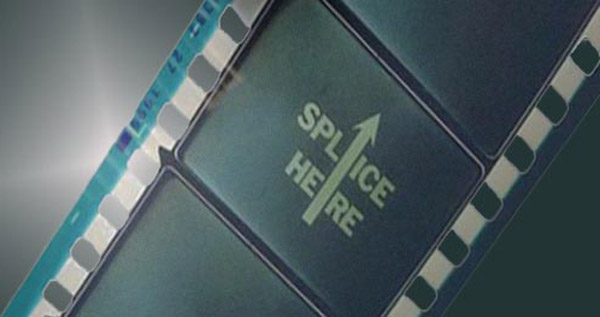The film editor is certainly the main player in bringing the film project together in post-production, a key creative key position that influences the director with a fresh set of eyes.
By Glen Berry
Edited by Stavros C. Stavrides
IMPORTANT CONCEPTS
The film editor is not alone in post-production; it takes a team
The editor is a key creative player
The director must allow the editor to influence the work
It Takes A Team
When principal photography is finished and production is complete (getting the project ‘in the can’)we begin the fourth phase of our process, post-production (or simply, “Post”).
Having worked on many post-production projects over the years, one of the most critical misunderstandings about post-production is that the only role in post-production is the editor.
Although the editor is certainly the main player in bringing the project together in post-production, this phase requires an entire team of people with very different specialized skills.
Editors are often asked to be a one-person army in post-production. While it’s true that the editor must bridge the gap between many different aspects of post-production; it is unrealistic and unwise to expect the editor to take the raw materials from production and deliver a finished product on their own.
This happens when producers do not fully understand the post-production workflow or, quite commonly, the project has overspent in production and does not have sufficient resources for post-production.
As the editor, you may end up taking on multiple roles in post-production.
Our next article, “POST-PRODUCTION WORKFLOW” examines the workflow and roles through post-production; ingesting, rough cut, fine cut, titling, picture lock, and soundtrack. Even if you work on low-budget projects at least you will know the jobs that need doing.
Editor Is The Main Player
As mentioned above, the editor is the first and main player in post-production. The editor’s job is to organize and prepare the raw materials from production, assemble a rough cut, incorporate requested changes and deliver a final version of the edited picture and dialogue.
That is a technical description of the editor’s job; we will delve into exactly how the editor goes about these tasks later in Editing the Narrative Short. Please note that the editor is not responsible for titling, sound design, music, color correction or visual effects.
The Editor/Director Relationship
The role of the director in post-production is often misunderstood. Many directors want to sit over the shoulder of the editor and instruct them on every single cut to make.
This is a very bad idea and sets the stage for a complete breakdown in the editing process. Normally, you want the production team and the post-production team to be completely separate.
The editor should be sitting down and looking at the material for the first time and seeing it with new eyes. The editor has to be able to separate themselves from all of the efforts it took to get each shot in production.
That will make it easier for them to select shots based on whether they advance the story, not whether or not that particular shot required hours of tedious effort or long hours of waiting or a fair amount of money.
Most directors, even those with decades of experience, get hung up on this step in their visualization. They have lived and breathed this project for a long time and carefully nurtured it through each stage.
This article is drawn from the “Five Phases of Production” chapter in Cyber Film School’s Multi-Touch Filmmaking Textbook
It is likely they will have a strong desire to do so at this point as well. However, they need to step away and let the project breathe on its own. At some point, the movie will have to stand by itself.
The post-production phase is an excellent time to practice giving the movie a chance to take its first steps without the director.
Only an insecure director needs to sit in on every stage of the editing session. The director should never cut their own work. They should find someone they trust to read the material, that can understand the director’s intent and form a seamless story from the footage.
The editor is not the trained monkey of the director. Give the editor some space to exercise their talent and experience. If you don’t trust them to do their job, hire someone else.
Besides, there is nothing for the director to do when the editor is viewing the footage and experimenting with assembling the first sequences. Keep the director away from the editing room until the rough cut is complete.
That being said, the movie still belongs to the director (or the producer, as the case may be). The editor creates a cut and presents it to the director with suggestions for different options and solutions to problems.
Then the director will make decisions about how the rough cut should be changed or adjusted. The editor comes away from those meetings with notes, preferably a list, to implement according to the director’s wishes.
Assistant Editor
The Assistant Editor is responsible for preparing, logging, and ingesting the raw footage, and keeping files and media organized throughout postproduction. Being organized is essential to the entire process.
Summary
The editor may be the main player in post-production but he or she is not working alone. Many other roles come into play in this phase.
Keep the producer and director out of the editing room until a rough cut is complete. Let the editor do their job, there will be plenty of opportunities to make changes.
A post-production team that was never on the set will not be emotionally attached to any of the footage. You want their sole focus to be forging a quality movie and telling a story.
NEXT >>>
POST-PRODUCTION WORKFLOW
The workflow and roles through post-production

